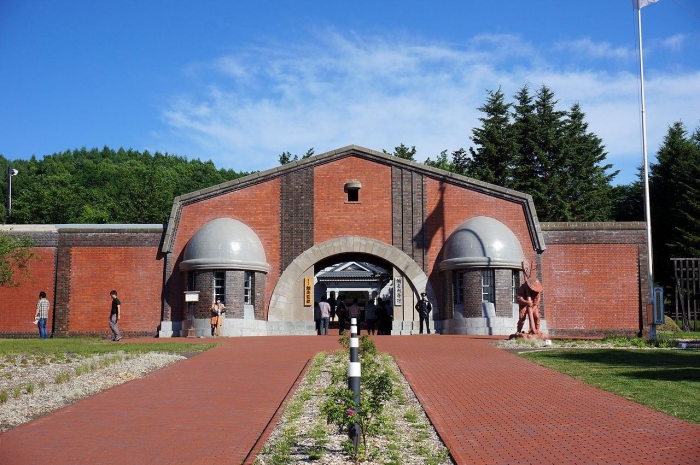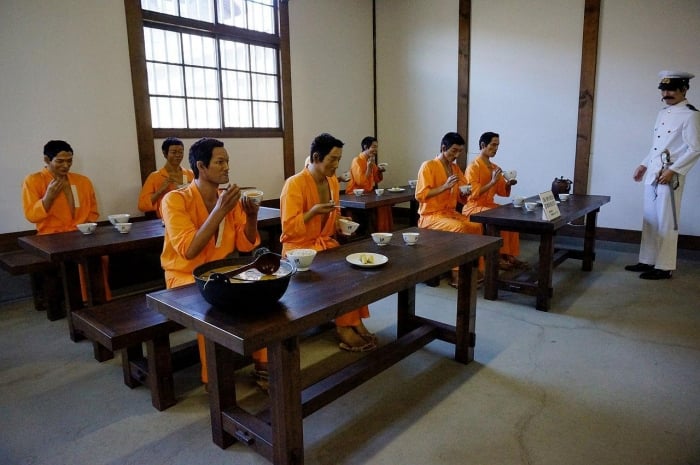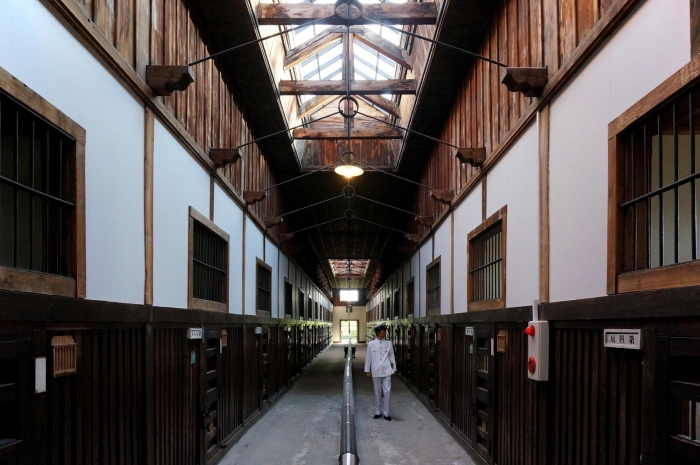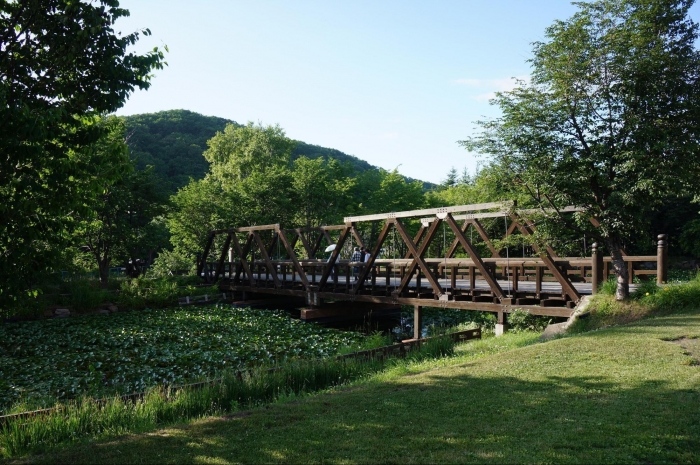Visiting a prison might not be your first idea about how to spend your time on the vast northern Japanese island of Hokkaido, especially when the prefecture has so many natural wonders to be explored. However, Abashiri Prison Museum offers a truly unique experience for those looking to gain a little insight into Japan’s relatively recent past.

Construction of the prison dates back to the 1890s, during a time of rapid modernisation in Japan following the Meiji Restoration in 1868. The small fishing village of Abashiri, on the northeastern coast of Hokkaido, was chosen as the location due to the region’s cold weather and its sheer remoteness from major urban settlements. The prison was designed to be lasting and durable, as the intense weather of northern Hokkaido can be unpredictable.
Abashiri became the first maximum security prison in Japan, and at its height housed 1,000 inmates convicted of a wide variety of offences. The arrival of prison staff led to a dramatic increase in Abashiri’s population, and today the town is home to more than 40,000 people. The modern economy of the town is dominated by fishing, as the short summers tend not to provide ample time for crop growth.

Abashiri entered Japanese popular consciousness in 1965 after the release of Abashiri Bangaichi, a hugely popular film about a fictitious breakout from the prison. It spawned an impressive ten sequels, all of which were directed by the acclaimed cult filmmaker Teruo Ishii. The original film launched a young Ken Takakura to stardom, resulting in him becoming one of the most prolific and revered actors in Japanese cinema.
The original prison was renovated in 1973 and eventually closed its doors in 1984. Prisoners were transferred to new premises, and the old site was soon transformed into an open-air museum for the general public to enjoy. Visitors are offered a glimpse into how prisoners lived and worked within the walls of Abashiri through extensive reconstructions of the buildings from the original prison. Notable structures include a spacious bathhouse, an ornate courthouse and a traditional storehouse where miso and soy sauce were kept. Interactive exhibitions demonstrate the daily lives of the prisoners within the context of the wider development of Hokkaido which was occurring at the same time.

Abashiri Prison Museum consists of 25 buildings in total, of which eight have been designated as cultural properties of national importance by the Japanese government. At the centre of the prison lies a hexagonal guardhouse which has five prison wings radiating from it. This design was based on the Prison du Louvain in Belgium, a decision which was characteristic of the Western-inspired aesthetic direction undertaken across Japan during the Meiji period. There are 226 cells altogether, which housed up to 700 individual prisoners.
A cafe serves up facsimiles of the current meals being served to inmates over at the operating prison. These dishes are dominated by locally sourced mackerel and pike, accompanied by miso soup and rice. There’s no shortage of delicious fish anywhere in Japan, and Abashiri is no exception. The adjacent gift shop sells a host of historical books and local souvenirs, many of which are hand manufactured by the inmates of the current Abashiri Prison. There are also frequent workshops held at the museum; many of which focus on teaching the practical crafts that inmates learn, such as brick baking and metal working.

The museum can be reached directly by bus from Abashiri Station, which costs 240 yen one way. Admission costs 1080 yen and the museum is open all year long. Guided tours lasting either 60 or 90 minutes can be undertaken, though prior reservation is required. Information brochures for international visitors are available in English, Korean and Chinese.
While you’re in the town itself you might want to pay a visit to Abashiri Brewery, where you can have a bottle of the famous Abashiri Blue Beer. As the name suggests, this is a locally brewed lager with a bright blue colour. If that’s not unusual enough for you, you could also try some Bilk; a rather daring combination of beer and milk that is unique to the area. Whether or not you find them to your taste, you can’t deny the novelty appeal!

When you’re ready to depart Abashiri, you might choose to do so via an icebreaker ship which departs from the port. You can witness the spectacular vision of the flowing blue ice as you make your way across the sea to wherever you choose your next destination to be.




